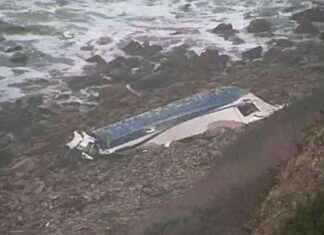The European Union Aviation Safety Agency (EASA) has issued a new Airworthiness Directive (AD) 2024-0182 for Rolls-Royce Trent XWB engines installed on Airbus A350 aircraft. This directive comes after inspections revealed that a specific cleaning process during engine refurbishment could lead to fuel hose degradation, potentially causing fuel leaks.
The new AD replaces the previous AD 2024-0174-E, which was issued in response to a serious incident involving Cathay Pacific flight CX383. The incident occurred when an A350-1000 aircraft experienced an in-flight engine fire shortly after taking off from Hong Kong on 2 September. An investigation by the Air Accident Investigation Authority (AAIA) determined that the fire was caused by a ruptured fuel hose connected to one of the engine’s fuel spray nozzles.
It is essential for airlines and maintenance providers to adhere to the new directive to ensure the safety and airworthiness of Airbus A350 aircraft equipped with Rolls-Royce Trent XWB engines. Failure to comply with the AD could pose serious risks to flight safety.
In light of this update, airlines operating Airbus A350 aircraft with Rolls-Royce engines need to pay close attention to the maintenance and inspection requirements outlined in the new directive. Any signs of fuel hose degradation or potential fuel leaks must be addressed promptly to prevent any safety incidents.
The aviation industry places a strong emphasis on safety and regulatory compliance to ensure the well-being of passengers and crew members. EASA’s issuance of the new Airworthiness Directive serves as a reminder of the importance of proactive maintenance practices and adherence to safety protocols in the aviation sector.
As air travel continues to recover from the impact of the COVID-19 pandemic, maintaining the highest standards of safety and airworthiness remains a top priority for airlines and regulatory authorities. By staying informed about updates and directives such as the one issued by EASA for Airbus A350 Rolls-Royce engines, stakeholders in the aviation industry can work together to uphold safety standards and ensure smooth operations for flights worldwide.







